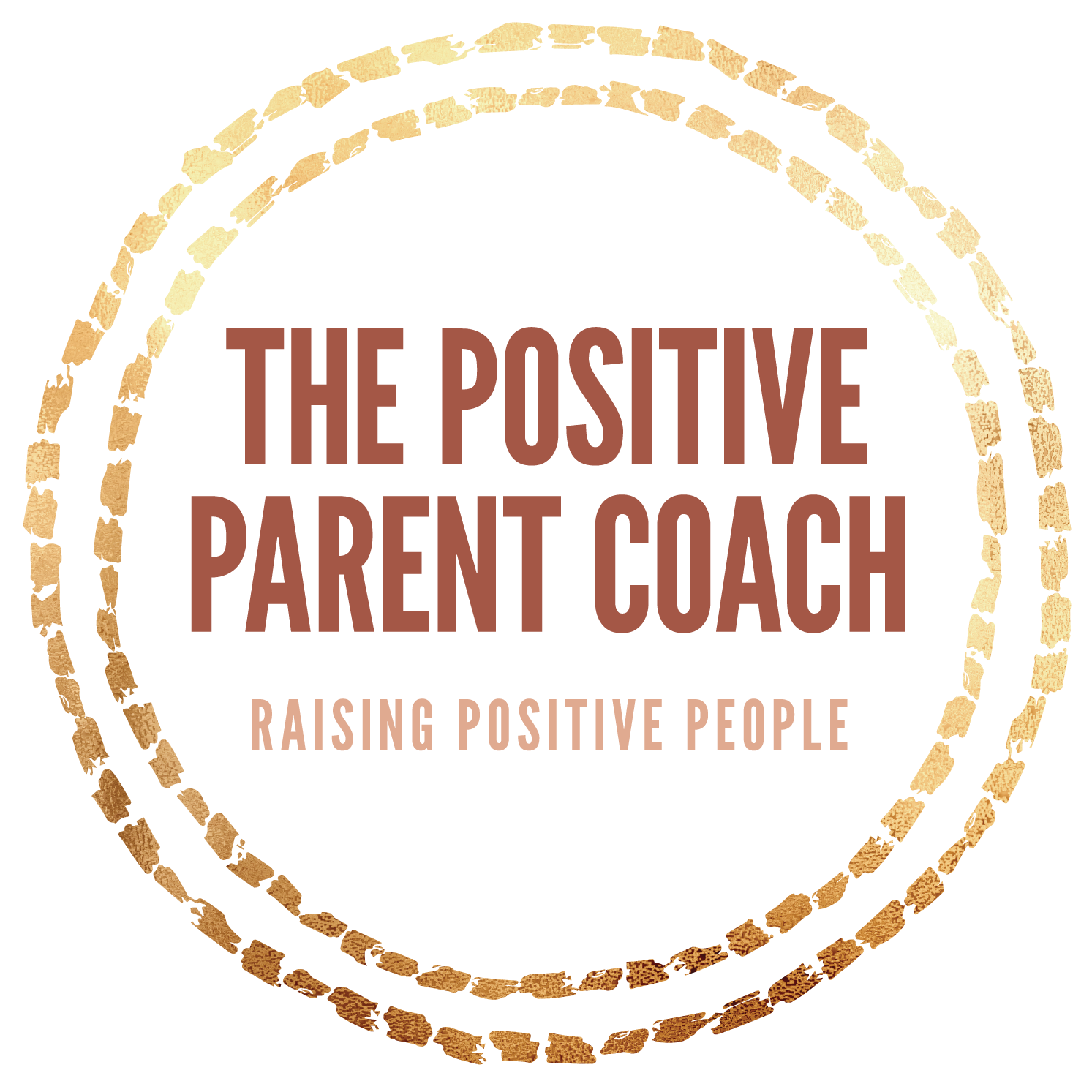Do you want your child to listen…. or to think?
Last night, at the start of a workshop, I asked everyone:
“Write in the chat: What three qualities do you most hope your child carries into adulthood?”
The answers came flooding in:
Kindness. Courage. Independence. Confidence. Empathy. Resilience.
I love that question because it always reveals something important.
Parents don’t say:
“I want my child to be quiet and do as they’re told.”
We want so much more for them.
But here’s the twist:
Many of the qualities we want them to have as adults; the curiosity, the courage, the willingness to speak up — often show up in childhood as… resistance.
They negotiate.
They test limits.
They ask “Why?” for the hundredth time.
They push back.
And if you were raised, as many of us were, to believe that “children should be seen and not heard,” those moments can feel like defiance instead of development.
Obedience vs. Leadership
I still remember the day my eldest — about six at the time — crossed her arms at bedtime and declared:
“You don’t get to tell me when I’m tired!”
Every part of me wanted to snap back:
“I’m the parent. You listen to me.”
But something in her little voice caught my attention.
She wasn’t trying to be rude.
She was trying to express a need, to understand her own limits.
It made me stop and think:
Do I want a child who simply does as she’s told… or one who grows up able to notice her needs and speak up about them?
The Myth of the “Good” Child
So many of us (especially those raised as the eldest daughters) grew up hearing that being “good” meant being:
quiet,
obedient,
helpful,
undemanding.
That early training can turn into people-pleasing and perfectionism later in life.
It can leave us wondering if our feelings even matter.
I don’t want to pass that on to my kids.
I want them to know their thoughts and feelings do matter — and that they can trust themselves.
That’s why boundaries are so important.
Not as a way to control them, but as a way to guide and protect them while they practice being themselves.When possible, we can offer empathy and small doses of autonomy: a choice of which shoes to wear, a job to do in the car, a visual countdown for transitions . This is Exactly what I teach on my Group Programme!
Expectations Come First
Here’s something I tell parents all the time:
Most boundary struggles aren’t really about the boundary.
They’re about the expectation.
We might expect our child to:
sit nicely at the dinner table at a friend’s house,
get dressed on their own every morning,
come inside the first time we call.
Sometimes those expectations are fair.
But often, they’re based on what we need in that moment, or on what we think “good kids” do — not on what’s realistic for their age, temperament, or current mood.
I’ve learned to pause and ask myself:
“Is this something they can reasonably manage right now… or is this more about my own stress or convenience?” “Fair” Isn’t Equal
“That’s Not Fair!”
If you have more than one child, you know this phrase well.
Kids often see fairness as sameness.
But fair actually means meeting individual needs.
When my younger one used to go to bed earlier, my older child would complain:
“That’s not fair! She gets to stay up longer now.”
I’d say:
“I hear you. When you were her age, you had the same bedtime. As you got older and could handle it, you earned a later one.”
That simple explanation — plus a lot of empathy — helped her see that the difference wasn’t a punishment; it was about development.
Boundaries in Action
One of the biggest shifts for me was learning that boundaries aren’t the same as rules.
Rules are ideas. Boundaries are actions.
Instead of shouting:
“Stop splashing the water!”
I learned to calmly say:
“If the splashing continues, I’ll need to drain the bath.”
And then (and this is the hard part) I actually followed through.
Clear, consistent boundaries create safety for kids.
They know where the edges are, which helps them settle.
It also keeps me from getting stuck in endless negotiations.
And Finally, Resistance Is Healthy
This one surprised me.
Pushing against boundaries isn’t bad behaviour.
It’s a healthy sign that kids are exploring independence.
Our job isn’t to stop them from resisting; it’s to stay calm and steady while holding the limit.
That might look like:
offering empathy: “I know it’s hard to leave the playground when you’re having fun.”
giving a little choice: “Do you want to walk to the car or hop like a frog?”
staying curious: “I noticed you’re finding it hard to get ready — what’s going on?”
A Gentle Reminder
The next time your child digs in their heels, take a breath. Ask yourself:
“Is this really defiance… or is it my child practicing being the thoughtful, resilient adult I want them to become?”
That simple shift can turn a power struggle into a moment of connection.
If you want to learn more about how to shift your perspective, understand what to say in the moment or look at more examples of realistic expectations and holding boundaries check out my Group programme - Early bird sign up for the Spring Cohort is live now! *Limited availability


